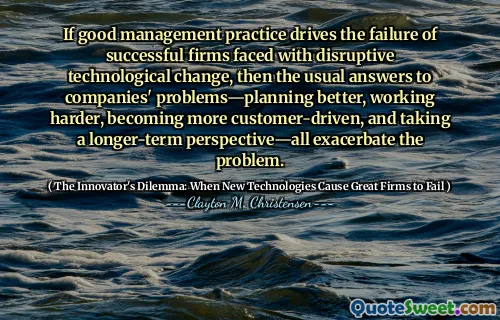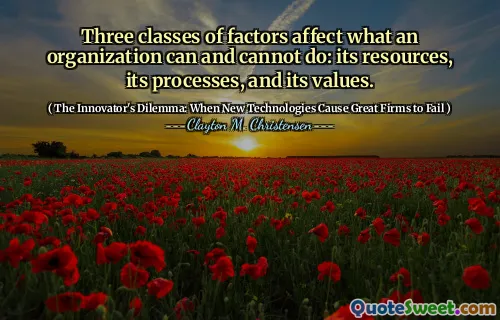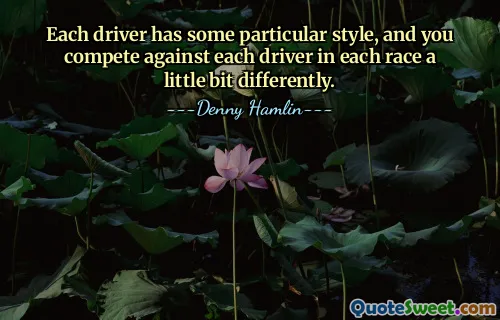
Three classes of factors affect what an organization can and cannot do: its resources, its processes, and its values.
This quote emphasizes the fundamental elements that shape an organization’s ability to operate and innovate. Resources are the tangible and intangible assets a company can leverage, such as capital, human talent, technology, and infrastructure. Without adequate resources, even the most innovative ideas may falter. Processes refer to the established routines, workflows, and methodologies that determine how work is executed within the organization. Efficient, adaptable processes enable a company to respond to market changes quickly, while rigid or outdated procedures can hinder growth and stifle innovation. Values are the core beliefs and cultural principles that guide decision-making and behavior within the organization. These values influence how goals are prioritized, how employees collaborate, and how the company sustains its identity over time. When these three factors are aligned, organizations are better positioned to seize opportunities and navigate challenges. Conversely, misalignment among resources, processes, and values can create significant barriers to change. For instance, a company might have ample resources but outdated processes or conflicting cultural values, preventing effective adaptation. Conversely, a strong organizational culture committed to innovation can sometimes overcome resource constraints if processes are flexible enough. Understanding these elements allows leaders to diagnose organizational constraints and create strategies that align resources, update processes, and reinforce values conducive to success. In the broader landscape of business transformation, recognizing the interplay of these factors becomes crucial for sustainable growth. Overall, this quote underscores the importance of a holistic view in organizational development, acknowledging that success is rarely driven by resources alone but also by the processes and values that shape behavior and strategic direction.







